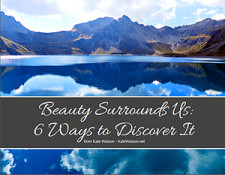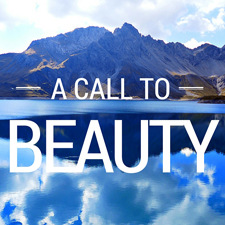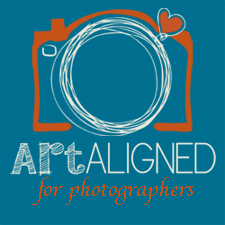One of the topics discussed in my workshop and a key focus for my work overall is developing a consistent, recognizable style. When sharing this subject, I always reference fine art photographer Nick Brandt, who has been documenting East African wildlife for the last decade. His haunting and ethereal style is a natural outgrowth of his conservationist motivations and his vision to show the world what we could lose if we don’t take action. In his first book, On This Earth, he says:
“What I am interested in is showing the animals simply in the state of being, in the state of being before they no longer are. Before they cease to exist in the wild at least.”
His early images are emblematic, as if the individual animal was a symbol for the species as a whole. In his second book, A Shadow Falls, images depicting the lush environment of Eastern Africa transition to those showing drought and scarcity. This week, he released several new images, leading up to his third (and believed to be final) book on the subject.
In this latest work, Nick’s images have become almost painful to view, showing us the devastation of poaching and the desperation of animals now living in Eastern Africa: Rangers pushing the tusks of poached elephants. A hungry lioness standing before Kilimanjaro. Calcified birds at Tanzanian salt lake Natron. A wildebeest skull jutting up from barren earth.
Overall, the new work is much darker in mood than his earlier work but it is still presented in Nick’s signature look of warm-toned black & white images, shot from close range with a wide angle lens.
It’s fascinating — and incredibly instructive, I think — to see the stylistic evolution of a working photographer. It’s one thing to see a photographer’s entire body of work posthumously and then fit all the pieces together into a seemingly coherent style. It’s another thing entirely to recognize and then watch a distinctive style continue to grow and evolve along with a living and working artist, don’t you think?
To see more of Nick’s work, visit Photo Eye Gallery’s blog or, better yet, stop by to see it in person when you’re in Santa Fe.
Cheers,![]()




















